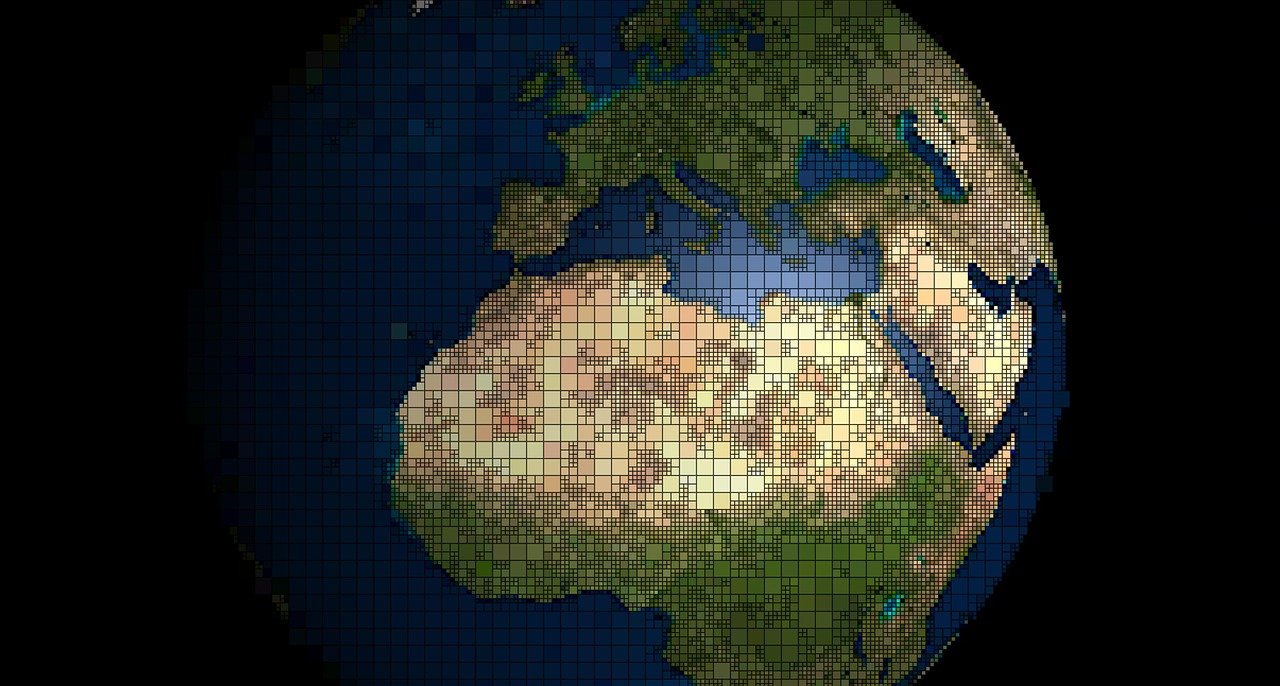 EMERGING TECH
EMERGING TECH
 EMERGING TECH
EMERGING TECH
 EMERGING TECH
EMERGING TECH
Google LLC today announced it’s expanding its Android Earthquake Alerts System that uses mobile phones to both detect earthquakes and warn users to countries that don’t have early-warning alert systems.
The system is currently being introduced in Greece and New Zealand, where Android users will receive automatic early-warning alerts when an earthquake is detected in their area.
The early-warning alerts operate by using the accelerometers built into most Android smartphones to detect seismic waves that indicate earthquake activity. If the phone detects shaking that the software believes might indicate an earthquake, it sends a signal to the earthquake detection server, along with a location.
The server uses that information along with many other phones to determine if an earthquake is happening, where it is and what the magnitude is. This information is then used to alert users in the affected area signed up for the alerts and can be seen on Google Maps or found in Google Search about local seismic events when searching “earthquake near me.”
Google launched the initial earthquake alerting program in partnership with the United States Geological Survey powered by ShakeAlert in August 2020. It made alerts available for Android users in California. This feature recently expanded to users in Oregon and will soon expand to Washington this May.
New Zealand rests on a major fault line between Pacific Plate and the Australian Plate and experiences a huge number of earthquakes that are not felt – about 14,000. But some 150 to 200 are large enough to be felt and some are big enough to inflict damage and threaten human life. As a result, New Zealand has strict building codes that take into account the potential for major earthquakes.
There have been 21 major earthquakes in Greece recorded by Worlddata.info from the Significant Earthquake Database at the National Geophysical Data Center. One, in particular, not included on the website yet, occurred on March 3. It measured 6.3 in magnitude and damaged buildings across central and northern Greece.
Studies of earthquakes have shown that having an early warning can reduce injuries by more than 50% in the population even if they provide mere seconds or minutes of early warning before major shaking. That’s because earthquake danger doesn’t happen all at once, although quakes happen extremely fast compared with other disasters such as hurricanes and tsunamis.
For example, an unequivocal alert from a phone about an earthquake is better than minor rattling — something buildings do anyway — to get people moving away from unsecured shelves or out of a room. It can also be used to alert drivers to slow down and other infrastructure workers to prepare sooner when no other early warning system exists.
THANK YOU